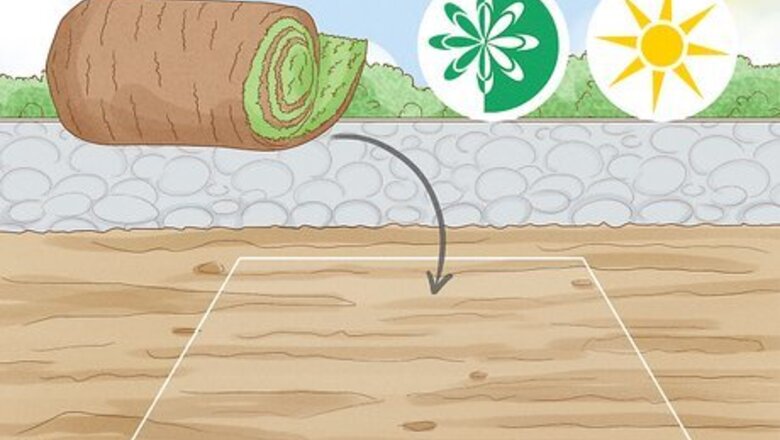
views
Clearing the Planting Area
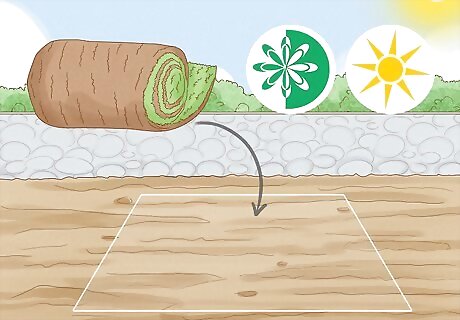
Plant the sod in the spring or summer. St. Augustine grass is a warm-weather plant, so it is sold in spring and summer. Either season works well, but avoid waiting until the last days of summer. Plan on preparing your lawn and laying sod at least 90 days before you expect the first bout of frost in your area.
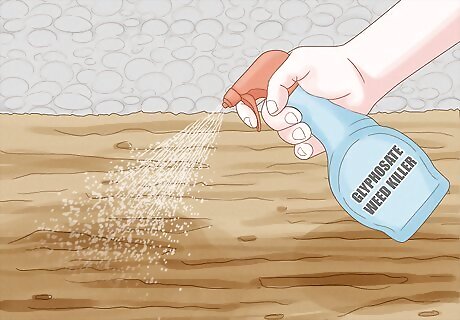
Spray a glyphosate weed killer over the planting area. Follow the manufacturer’s instructions to apply the product. It’s best to wait for a dry day without much wind. Spraying glyphosate before tilling eliminates competitors that can ruin the St. Augustine grass, including other types of grass. Wear protective clothing such as gloves, long sleeves, and a facemask. Keep pets and other people away until you are finished.
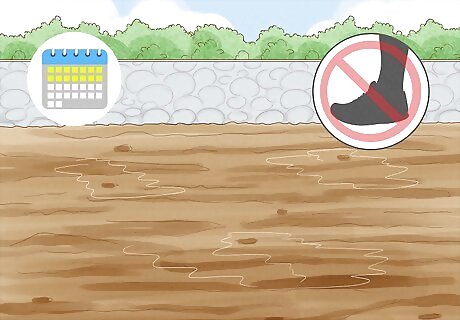
Let the glyphosate soak in undisturbed for 2 weeks. After 2 weeks, the glyphosate will have done its work. Don’t worry, this does not poison your soil. You can also cover the soil with a tarp from a home improvement store to ensure nothing else grows there, although this shouldn’t be necessary. You do not have to remove the old plant matter. Let it stay there. When you till the soil later, it serves as a natural fertilizer.
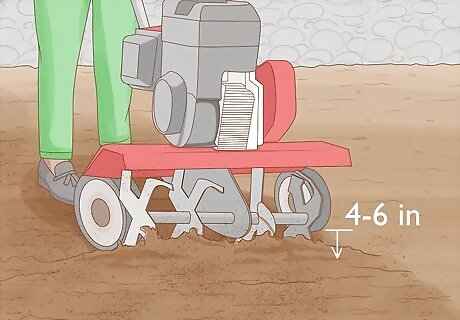
Till the ground between 4 and 6 inches (10 and 15 cm) deep. If you intend on planting the sod in a small area, you can turn over the soil with a shovel. For larger areas, use a rototiller to get it done quickly. Set the rototiller to the appropriate depth, then push it back and forth over the entire area at least once. Save money by renting a rototiller. Many home improvement stores have models available you can take home for a day.
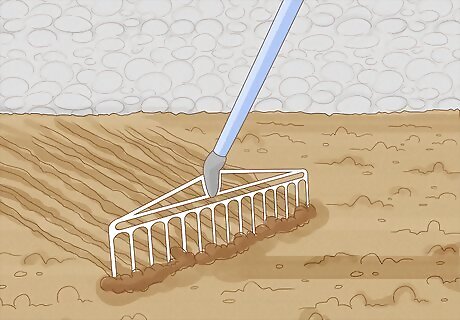
Rake the ground smooth. After tilling, go back over the planting area with a rake. Use it to remove any debris the tiller unearthed, such as rocks and roots. Brush soil into any holes you find. Get the area as flat as possible for your grass.
Planting the Sod
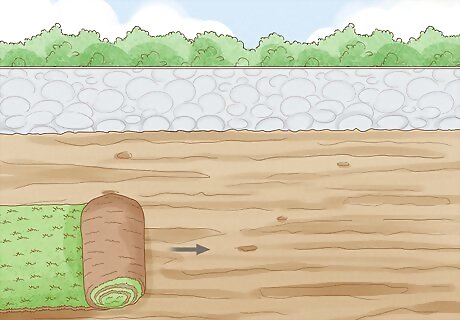
Lay a line of sod along the edge of the planting area. Sod comes in both rolls and smaller squares, both of which are planted the same way. Start on one side of the yard. Unfurl the roll or place squares until you reach the other side of the yard. Keep the sod in an straight line as you go.
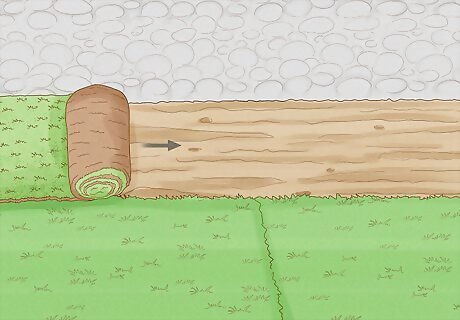
Continue laying sod until the yard is covered. Place more sod next to your first line. Push the sod as close together as possible. Then, continue putting down sod until you reach the other end of the yard again. Simply continue doing this until you cover the entire area. If you use smaller squares of sod, stagger the rows. Do this by laying the squares so the ends don’t line up with one another. It’s like laying bricks. Avoid stepping on sod you have already laid. Kneel or walk on plywood instead.
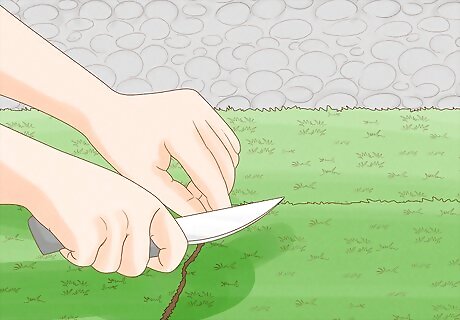
Cut off excess sod with a shovel or knife. Pick up a hook-billed knife or sharp shovel from a home improvement store or garden center. Use it to cut apart sod rolls that spread outside your planting area. You can also slice sod to fit it around tough areas like planting beds, curbs, and other curves.
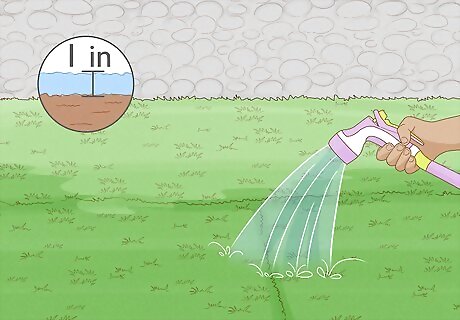
Water the sod immediately with 1 in (2.5 cm) of water. Use a hose or sprinklers to water the sod. Give it enough water to dampen the first 1 in (2.5 cm) of soil. This helps the grass settle into the ground, but avoid using too much water. The water should not pool on top of the sod or run off of it.
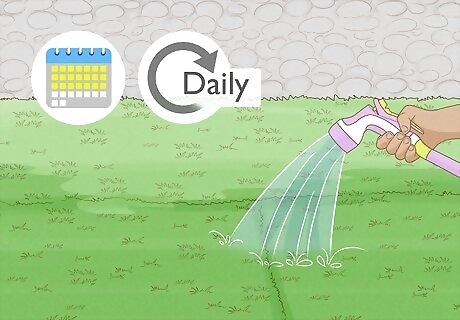
Water the lawn daily for 3 weeks. For the next 7 days, add between ⁄2 to ⁄4 in (1.27 to 0.64 cm) of water to the lawn. Try to keep the top 1 in (2.5 cm) of soil moist. After this, water the grass less frequently until it is fully established in the planting area. After the first 7 or so days, add ⁄2 to ⁄4 in (1.27 to 0.64 cm) 2 to 3 times a week. The soil should finish rooting in 3 to 4 weeks. Check the water depth by digging into wet soil away from the grass or by estimation. The water should never linger on the soil or run off the grass. You do not need to water the lawn on rainy days. Let nature take care of it for you.
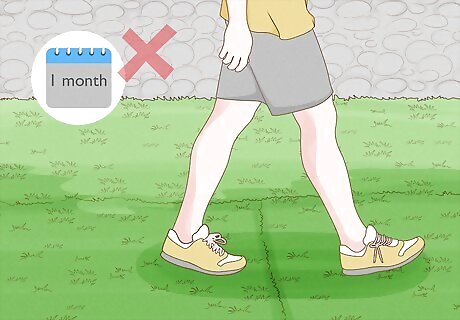
Avoid walking on the grass until it is fully grown. Save for watering it, leave the grass alone for a month after planting. Ensure it fully grows in by keeping other people and pets off of it for the time being.
Maintaining the Lawn
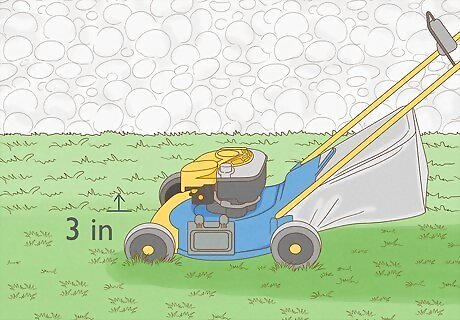
Mow the grass to 3 in (7.6 cm) when necessary. Maintain the grass by cutting it after it grows past 3 in (7.6 cm) in length. Use your lawnmower on a higher setting to avoid damaging the grass. You may keep the grass slightly longer or shorter, but don’t let it get out of hand.
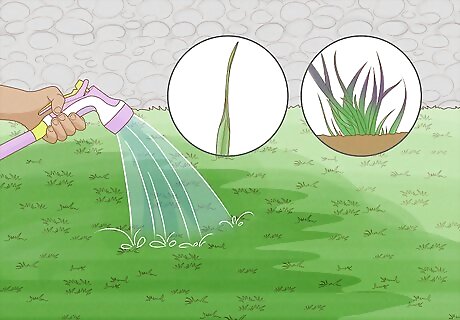
Water the grass when it begins folding up and turning blue. St. Augustine grass takes care of itself for the most part, but you still need to keep an eye on it. Look for signs of drought, particularly in the summer. The grass blades roll up or fold over. They also begin to dull, turning a blue-green color. Water the grass with about ⁄2 in (1.3 cm), keeping the soil moist approximately 8 in (20 cm) deep.
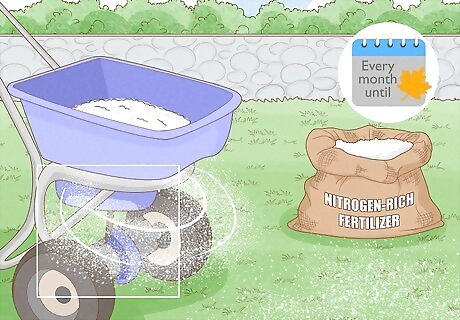
Spread a nitrogen-rich fertilizer every month until fall. Wait for the grass to begin growing after winter. This usually starts around April. Immediately apply turf fertilizer from a gardening center, distributing it evenly over the lawn. Add more fertilizer once a month until September.
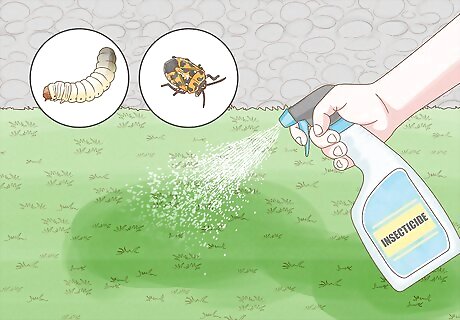
Apply an insecticide to combat bug infestations. Chinch bugs and white grubs are common problems with St. Augustine grass. When you see brown patches of grass spread across your lawn, this is the reason. Spray a good insecticide over the grass to protect it. To check for chinch bugs, try a water test. Cut the end off a can, place it on top of the grass, then fill it with water. The bugs will float to the surface.
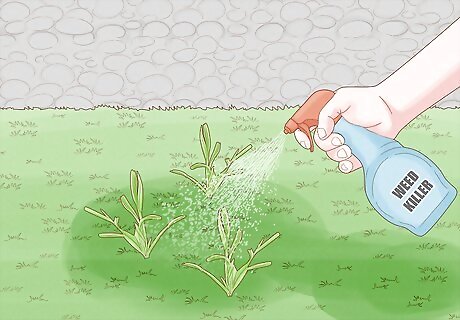
Treat the grass with weed-killer as needed. As long as your grass is healthy, weeds aren’t likely to be a problem. When you do notice weeds, get rid of them immediately. Avoid using glyphosate unless you’re desperate, since that eliminates the grass as well.


















Comments
0 comment